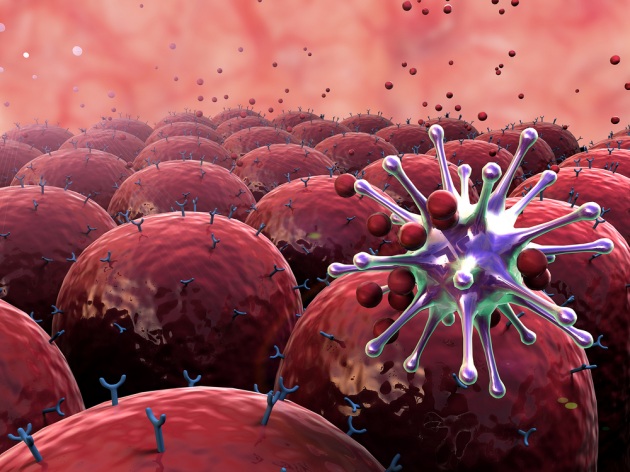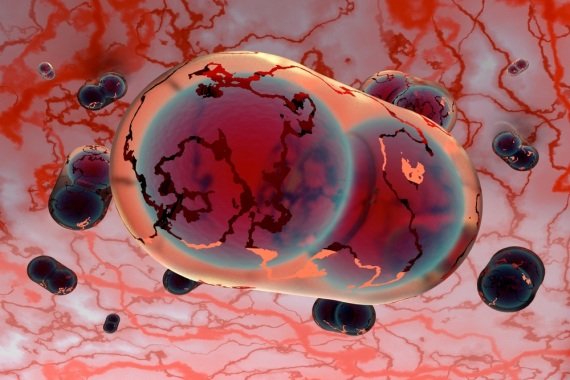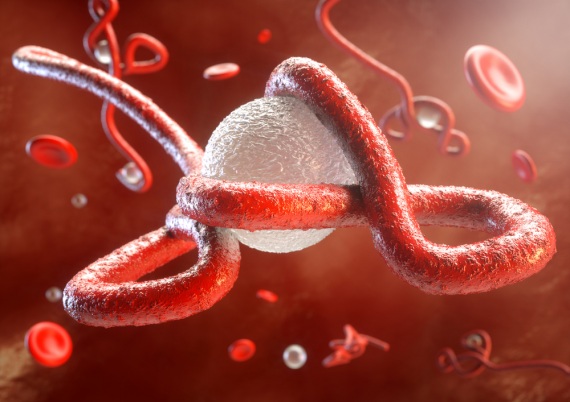10 THINGS THAT (MAYBE) YOU DO NOT KNOW ABOUT THE IMMUNE SYSTEM

Some scientific curiosities about the invisible and deadly defense apparatus that protects us from external attacks (and from crazed cells), working in the shadow and without stopping
If it were not for the immune system no one would survive for long: this line of defense protects us not only from unwelcome guests like viruses, parasitic batteries, but also from our own cells, mutated due to diseases like cancer. In these weeks, thanks to the seasonal wave of flu, the immune system has often been called into question and also a little 'unjustly denigrated (and right in the middle of the battle, whose symptom is the fever): here are some surprising facts, often little known, that will make you appreciate it more.
- IT IS DISTRIBUTED IN ALL THE BODY. The dense surveillance network of the immune system includes a series of organs dedicated to the production of bi globules (spleen, bone marrow, lymph nodes, tonsils, thymus - a small structure in the front of the thorax), circulating tissues and cells, put in communication between them from the lymphatic vessels. Immune cells are also distributed in all the tissues of the body, which reach thanks to the blood circulation: with such massive forces, it is difficult for a pathogen to go unnoticed.
- ITS PUNTA WEAPONS ARE IN THE BLOOD. In the arsenal of cells that guard the organism are mainly phagocytes and lymphocytes. The former, which develop in the bone marrow, constitute a first nonspecific (non-specific) defensive line and incorporate in their cytoplasm the foreign molecules that, left free to circulate, could create problems. Similar cells with the same functions are also found in very elementary organisms. The pathogens that manage to overcome this first barrier meet a specialized defense: the lymphocytes are able to generate and modify the antibodies that recognize specific antigens on the surface of the pathogens, and to neutralize them. Only in vertebrates has this second level of "tailor-made" defense developed.
- IT WAS DESCRIBED FOR THE FIRST TIME 2,400 YEARS AGO. The Greek historian Thucydides, describing a plague epidemic that had struck Athens in 430 BC, noted how the already infected people once survived did not get sick again: «Those who had saved themselves from the epidemic [...] already knew those suffering and for themselves they had nothing more to fear; in fact, the infection never hit the same person twice, at least not in such a strong form as to be deadly ".
This principle was used in 1796 by the British physician Edward Jenner to develop the first form of immunization through a vaccine: the one against smallpox. The farmers who came into contact with forms of bovine or equine smallpox were in fact immune to the human version of the virus.
. MILZA IS A NEVRALGIC CENTER. Without a spleen you can live, but this organ placed between the stomach and the diaphragm is an important junction for the cells of the immune system. We can imagine it as a sort of giant lymph node in which new white blood cells are produced, we dispose of the old ones and put in communication those already in circulation.
- RECRUITS ALSO "UNNECESSARY" ORGANS. Perhaps you have heard of the appendix as a vestigial organ, so called because it has long been considered an evolutionary relic - that is, a useless remnant of evolution that often ignites and has to be removed. However, it seems that this small structure is important for keeping intestinal bacterial flora in balance and well matched, especially when the "good bacteria" are in the minority. Some newly discovered immune cells in the appendage, called innate lymphoid cells, help repopulate the gut of good bacteria and contain infections without spreading between tissue.
- CAN INFLUENCE SOCIAL INTERACTIONS. The belief that the brain and immune system were isolated and not in communication with each other was partly disproved by a study published in Nature in 2016. A molecule produced by immune cells in response to infections, interferon gamma, it seems to have a determining role in the social behavior of many animals, from zebrafish (the Danio rerio, a small freshwater fish) to mice.
In the laboratory, on mice, when this molecule is blocked, the animals become less sociable. By restoring it, sociality returns to normal levels. Social relationships are the main vehicle for spreading pathogens: the hypothesis is that interferon gamma has encouraged sociality in the course of evolution, helping pathogens to spread but also our immune system to fortify.
- SOME OF THE "KILLER" CELLS BECOME "GOOD" IN THE COURSE OF PREGNANCY. Natural killer lymphocytes (the most aggressive cells of the immune system) present in the maternal uterus perform the unsuspectable function of nurses in the first weeks of gestation, supporting the fetus with the production of specific growth factors.

. PAC-MAN CELLS NEUTRALIZE INFANT TUMORS. Scientists at Stanford University have discovered that a protein expressed on the surface of cells, called CD47, interacts with macrophages (the phagocytes that incorporate, like a pac-man, the pathogens in the first line of defense) sending them a signal of "not belligerence". Some cancer cells deceive the immune system producing large amounts of CD47, thus begging the macrophages not to eat them. When this signal is pharmacologically blocked, macrophages can eliminate cancer cells, reducing the need for therapies with high side effects.
- MAY BE INGANNATO TO FIGHT THE DIABETES. MIT scientists have demonstrated that by encapsulating human pancreatic cells in biomaterials derived from algae, and transplanting them to patients with type 1 diabetes, the immune system does not attack them, and their ability to produce insulin remains unchanged.
- HAS AN ELEPHANT MEMORY. The immune system can remember an infection even decades later: the patients who survived the first Ebola outbreak in the Democratic Republic of the Congo are still immune to infection over 41 years after the infection. This "ability to remember" is due to a small group of lymphocytes that survive even 10 times longer than others, specializing in recognizing the pathogen the next reappearance.
Dear steemer,
I Upvoted you and also followed you :) Please follow me and upvote me :)
Thanks
Upvoted